The process of casting involves pouring molten metal into a desired shape. One of its types is die casting. Die casting involves pressuring the molten metal into a mold to achieve the desired final shape. This method is recognized for its precision, reliability, and capability to create intricate shapes with precise dimensions. The article will cover what is diecast and its process, and various types of casting. Additionally, it will explore common defects that may appear in the final cast, as well as potential applications of the casting process. So, start learning now!
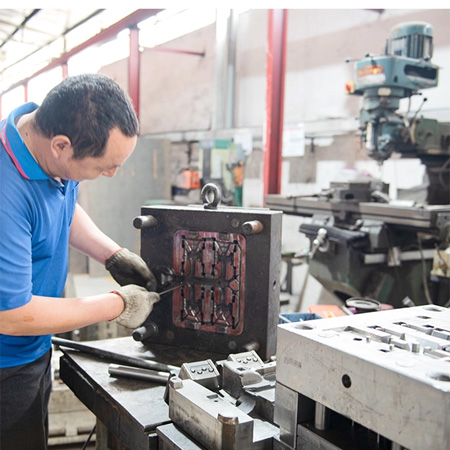
Do you know it? What does die cast mean? This metal casting process that forces the molten metal into a die casting mold is called die casting. The high measure die casting process produces metal products with precise dimensions, high-quality finishes, and accuracy. It is well-suited for mass production as it can manufacture intricate parts. This efficient and cost-effective method offers versatility in creating a wide range of shapes and components, capable of producing visually appealing parts with durability. The process was introduced in 1838 to manufacture movable types for the printing industry.
Diecast meaning is that "die" is cast meaning and defined word for "tool". In contrast to other casting methods like sand casting and investment casting, which typically require the cavity to be destroyed to create a single part, die casting stands out by preserving the cavity during the casting process. The original term "die" in die casting likely originated from the stamping tools used for coins, where metal is pressed into a cavity to create an exact shape.
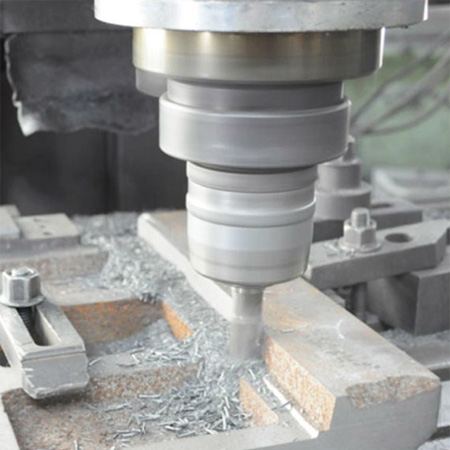
What does die cast mean? You may have a brief introduction from the above. Now, as you move ahead to understand the workings of this process, it is better to know all the parts or elements in the machine.
1. Plunger: This tool is used to propel molten metal into the pressure chamber.
2. Pressure Chamber: This area where the pressure of the molten metal is raised before it flows into the cavity through the sprue.
3. Sprue: A passage that guides the flow of molten metal into the cavity in a specific direction.
4. Cover and Ejector Die: Die casting involves two dies - the 'cover die' and the 'ejector die'. The point where these dies meets forms a boundary called the 'parting line'. The cover die holds the sprue, while the ejector die houses the ejector pins and usually the runner, which links the sprue to the mold cavity.
5. Ejector Pins: These pins help in removing the cast part from the mold.
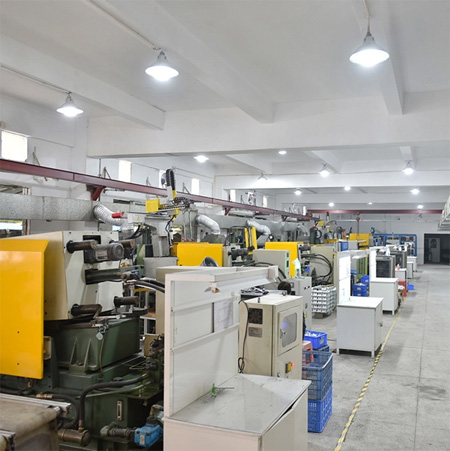
It is time to learn the process step-by-step with the knowledge of the parts or elements used in the process. This remains common to all the types included in the die casting process.
Preparation
The two dies having the cavity in the shape of the final part are prepared by cleaning and lubricating. Cleaning is carried out by brushing, washing with a liquid, and ensuring thorough drying before applying lubricant.
The lubricant applied in this process should create a protective layer to facilitate smooth metal flow, aid in the easy removal of the final casting, quickly cool down and stick to the surface of the die. Lubricants with such characteristics include vegetable oils, animal fats, synthetic oils, and other heavy residual oils (HRO).
Clamping
The lubricated dies are secured tightly using specialized locking mechanisms to prevent any openings that could lead to molten metal leakage. The clamping force required varies based on the mold size. During the clamping process, the cover die includes a sprue and gate, while the ejector die features ejector pins. This setup allows for the extraction of the cast part after each cycle. The ejector pins are bolstered by ejector pin plates to enable the simultaneous movement of all pins.
Injection Process
The molten metal typically preheated in a furnace, is poured into a chamber and subsequently forced into the die cavity, a procedure known as an injection. The method of injection can differ based on the casting technique employed. Injection is typically conducted at a consistent pressure, typically between 10 to 175 MPa, until the casting solidifies. The injection process is carried out quickly, usually in less than 0.1 seconds. Any delay may result in premature solidification of the molten metal.
Cooling Process
The metal poured is now allowed to cool and solidify inside the cavity to attain the desired shape.
Ejection Process
Once the solidification period is complete, the die halves are unclamped and opened. The cast components are then cautiously removed by utilizing ejector pins to push them out of the cavity. The ejector pins, along with the complete setup of this procedure, facilitate the smooth removal of parts after each cycle.
Trimming
After the solidified part is ejected, all scrap metal from the casting process, including gates, runners, sprues, and excess material, is expertly eliminated. Various tools are employed to smooth out sharp edges, correct any imperfections, and shape the component to its final form.
Defect Inspection
After cleaning the cast, before shipment, a comprehensive inspection is conducted to identify common defects that may occur during the casting process. The inspection process can involve manual methods such as visual checks and physical examinations, or it can utilize machinery capable of detecting both internal and external defects.
The two most commonly classified metal die casting methods are high pressure die casting and low pressure die casting. Low-pressure die-casting accounts for around 20% of light metal casting but, the most commonly used is high-pressure die-casting which accounts for around 50% of light metal casting.
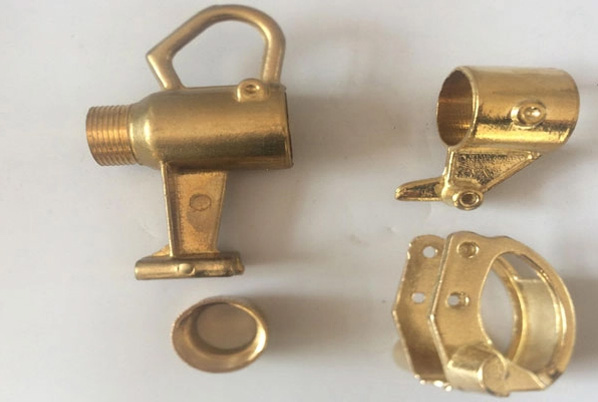
Low-pressure die casting is a method that uses low pressure, usually between 20-100 kPa (2.9-14.5 psi), instead of gravity to fill a die with molten metal. It differs from traditional die casting and requires specific equipment for the process to work. Here is a simple explanation of the setup and equipment needed:
First, a melting furnace is used to heat metal alloys to their casting temperature. For example, aluminum needs to reach a temperature of 710-720 degrees Celsius.
The molten metal then moves to a holding furnace located beneath the mold, which acts as a container to keep the liquid metal at the right casting temperature.
Pressure is applied to push the molten metal through a riser tube into the mold. The metal flows continuously under pressure until it solidifies within the die cavity.
Once the metal solidifies, the pressure is released, and any leftover molten metal returns through the riser tube to the holding furnace for reuse. Finally, the casting can be easily removed once the mold cools down.
Advantages of Low Pressure Die Casting
Excellent strength properties
Ability to create intricate shapes using sand cores
Increased material efficiency, eliminating the need for feeders
Precise dimensional accuracy
Well-suited for automation
Simplified machine and die technology
Disadvantages of Low Pressure Die Casting
Slower casting cycles
Minimum wall thickness approx. 3 mm (in die)
High pressure die casting involves that one part of the die being connected to a fixed machine plate, while the other is secured to a movable plate on a die casting machine set in a horizontal position. Due to the intense pressure applied during pouring - reaching up to 1,200 bar - the bolts that fasten the two die halves need to have a significant locking force. Cold-chamber die-casting machines are typically utilized for aluminum alloys as they possess a high melting point. In this process, the casting apparatus is situated away from the molten material. The liquid metal is delivered to a shot chamber and then pushed into the die by a piston. After the metal cools and solidifies, the two die halves are separated, and the casting is automatically ejected from the die using ejector pins.
Advantages of High Pressure Die Casting
Short casting cycles
Suitable for thin-walled components
Smooth surfaces
Ideal for automation
Disadvantages of High Pressure Die Casting
High investment and operating costs
Complicated, expensive dies
Limited to die-cast components without undercuts due to incompatibility with sand cores
Lower strength values
The defect inspection is the final step in a die casting process. In this section, you will learn the common defects that are found in and can weaken the castings.
Gas Porosity
This happens when bubbles form in the cast after it has cooled. On the body of die-casting components, they appear as gas porosities with circular or oval shapes.
Shrinkage Porosity
This type of porosity happens during the solidification phase when metal alloys contract as they cool. Improper mold design and pouring molten metal at higher temperatures than recommended can lead to shrinkage porosity.
Inclusions
These are irregularly shaped voids within or on the surface of the casting, consisting of unwanted elements like sand, material, dross, or deoxidation product particles in the metal casting.
Cracks
On the surfaces of castings, cracks develop as random or linear patterns when the material breaks due to internal stress. Cracks can also be caused while ejecting the casted part.
Cold Shut
These are a series of irregular lines on the surface. Some of the reasons for cold shut include low molten temperature, slow injection speed, an inefficient gating system, and poor alloy fluidity.
Blister
High-pressure cavities are formed by trapped air dissolving in the molten metal, typically occurring during the ejection of hot parts from the die.
Sinks
Depressions on the casting surface resulting from low injection pressure, inconsistent wall thickness, localized die overheating, and short pressure-holding times.
Hot Tear
Hot tears are the result of the thermal contraction of the casting material. Incorrect gate placement, high pouring temperatures, and flawed solidification process are the cause of hot tears.
The die casting process is applicable in creating different parts and components that are truly unique and highly functional. Below are a few applications of the process:
Aerospace: A variety of components like engines, seating, interior fittings, and cockpit controls are produced through aluminum die-casting.
Toys: Previously, many toys were crafted using die-cast zinc alloys like ZAMAK (formerly MAZAK), a method still widely employed despite the dominance of plastics in the industry.
Automotive: Both internal combustion engine (ICE) and electric vehicle (EV) car parts are manufactured using automotive die casting, including key engine/motor components, gearbox/differential housings, vehicle wheels, thermostat housings, suspension parts, interior structural members, and more.
Furniture: Chair legs, decorative elements, and joiners are die-cast for furniture.
Consumer Goods: Die casting is employed to manufacture product heat-distribution chassis, enclosures, as well as decorative and structural components for consumer items.
The die casting process should be at the top of your list if your project requires accuracy, pure casting, and outstanding material properties. Making the right process selection necessitates expertise and understanding, hence seeking early guidance from professionals is advisable.
Richconn is ready to assist with your manufacturing demands, offering pressure die casting services along with various other manufacturing solutions like CNC machining, 3D printing, and sheet metal fabrication. Rely on our skilled engineering team and facilities to fulfill your needs.
You can request a quotation today by sending your design files to Richconn, which provides more extensive information about the die-casting technique, including its process, materials, surface finish, applications, and costs.
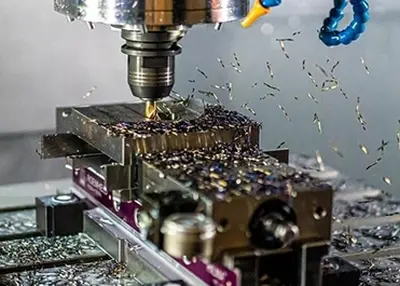 What Kind of Parts Are 5-Axis Suitable for Machining?October 30, 2023Over the past few years, CNC machining technology has evolved from simple machines to more complex ones. 5-axis CNC machining is one of the most advanced machining processes available today. It utilizes subtractive machining techniques that offer endless possibilities for part creation. The technology uses cutting tools that work on 5 axes to cut the workpiece into the desired shape and size.view
What Kind of Parts Are 5-Axis Suitable for Machining?October 30, 2023Over the past few years, CNC machining technology has evolved from simple machines to more complex ones. 5-axis CNC machining is one of the most advanced machining processes available today. It utilizes subtractive machining techniques that offer endless possibilities for part creation. The technology uses cutting tools that work on 5 axes to cut the workpiece into the desired shape and size.view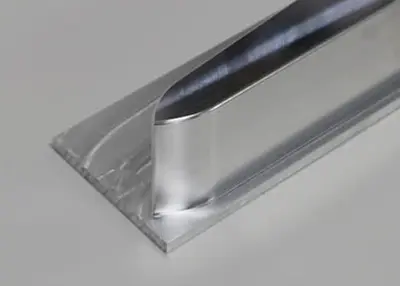 What Is Galvanized Sheet Metal? The Complete Basics to Get StartedOctober 12, 2023Galvanized sheet metal is one of the most cost-effective and popular types of metal in the market. Here are the complete basics about it for you to get started.view
What Is Galvanized Sheet Metal? The Complete Basics to Get StartedOctober 12, 2023Galvanized sheet metal is one of the most cost-effective and popular types of metal in the market. Here are the complete basics about it for you to get started.view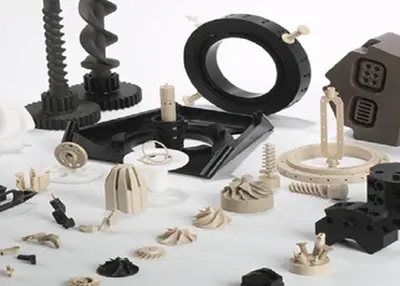 The Features and Characteristics of CNC Milling MaterialsFebruary 29, 2024CNC milling, a cornerstone in the manufacturing processes of various industries, hinges significantly on the selection of materials.view
The Features and Characteristics of CNC Milling MaterialsFebruary 29, 2024CNC milling, a cornerstone in the manufacturing processes of various industries, hinges significantly on the selection of materials.view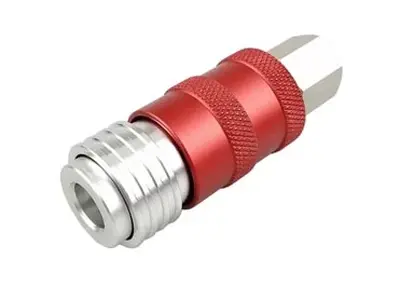 What Is Anodizing: Exploring the Anodizing Process and TypesAugust 31, 2023Anodizing goes beyond surface enhancement; it represents an extraordinary electrochemical transformation that endows a diverse range of metals with exceptional characteristics. If you've ever wond...view
What Is Anodizing: Exploring the Anodizing Process and TypesAugust 31, 2023Anodizing goes beyond surface enhancement; it represents an extraordinary electrochemical transformation that endows a diverse range of metals with exceptional characteristics. If you've ever wond...view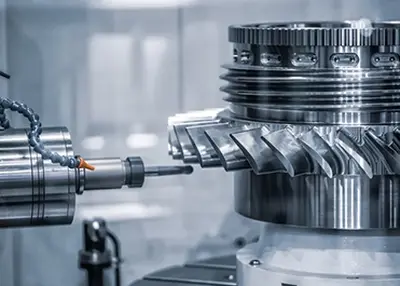 How Are Tolerances in Machining Created?October 26, 2023Parts in the processing process, due to various reasons, processing and manufacturing of parts size can not be exactly the same as the size of the parts drawing design, the degree of deviation between the actual geometric parameters and the ideal geometric parameters for the parts processing error.view
How Are Tolerances in Machining Created?October 26, 2023Parts in the processing process, due to various reasons, processing and manufacturing of parts size can not be exactly the same as the size of the parts drawing design, the degree of deviation between the actual geometric parameters and the ideal geometric parameters for the parts processing error.view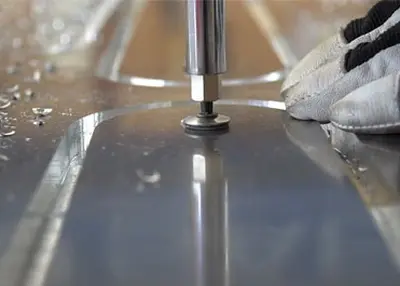 CNC numerical control cutting aluminum sheet, the efficient tool of modern manufacturingAugust 4, 2023In modern manufacturing, aluminum sheets are widely used, and CNC (Computer Numerical Control) cutting technology has become an efficient tool for processing aluminum sheets. CNC cutting aluminum she...view
CNC numerical control cutting aluminum sheet, the efficient tool of modern manufacturingAugust 4, 2023In modern manufacturing, aluminum sheets are widely used, and CNC (Computer Numerical Control) cutting technology has become an efficient tool for processing aluminum sheets. CNC cutting aluminum she...view